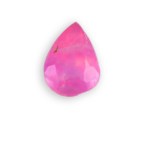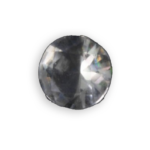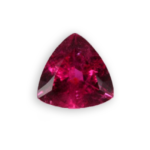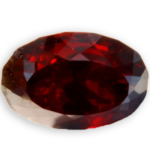
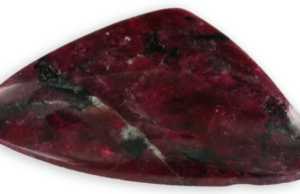
eudialyte
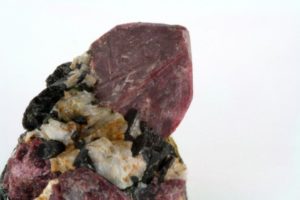
eudialyte crystal from Greenland
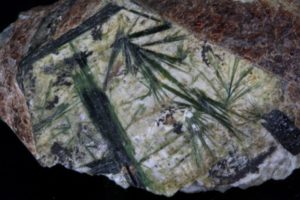
green aegirine on pink eudialyte from Kola Peninsula in Russia
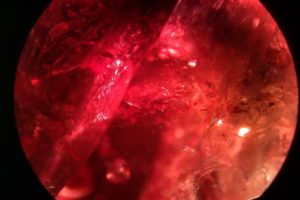
solid like inclusions and split
Detailed sheet
eudialyte
Discovered in 1819 in Greenland, it is named after the Greek “eu”, easy, and “dialytos”, – which breaks down because it is easily dissolved in acid -.

CHEMICAL CHARACTERISTICS
Na4(Ca,Ce,Fe)2Zr[Si6O17](OH,Cl)2
complex silicate

PHYSICAL CHARACTERISTICS
Main color
pink
Other colors
brown, red, green, purple
Color of streak
white, pink
Luster
vitreous
Hardness
5.0 to 5.5
Density
2.72 to 2.99
Cleavage
indistinct
Fracture
uneven

OPTICAL PROPERTIES
Transparency
translucent, transparent
Refractive index
1.590 - 1.633
Double refraction
0.003
very weak, uniaxial (+)
visible double refraction
No
Dispersion
-
Pleochroism
very weak
Number of colors
2
colorless, pink

red eudialyte spectrum system
Fluorescence
variable
sometimes red

CRYSTALS PROPERTIES
tabular and massive granular agregates
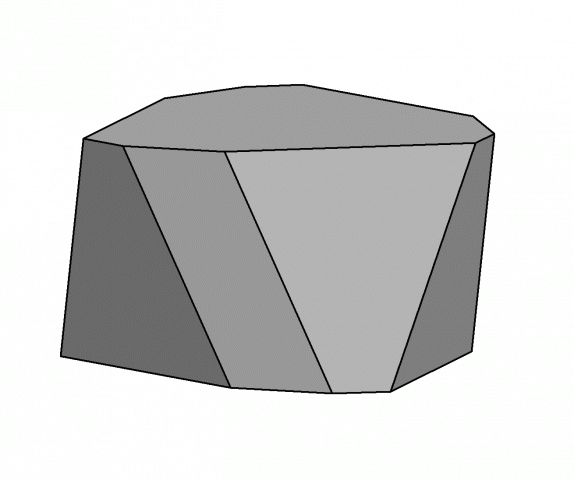
crystals system
trigonal

OTHER INFORMATIONS

APPROACHING GEMS
Exploited
sites
It is found in the United States (Texas, New Mexico, Arkansas, Alaska), Brazil (Amazon), Portugal, Ukraine, Norway, Russia, Canada.
use in jewelry
The deep pink and transparent variety is faceted, granular varieties are used to make cabochons and carved decorative objects.
Venez visitez
notre site web
voillot-joaillier.fr
Lorem ipsum dolor sit amet, consectetur adipiscing elit. Ut elit tellus, luctus nec ullamcorper mattis, pulvinar dapibus leo.Lorem ipsum dolor sit amet, consectetur adipiscing elit. Ut elit tellus, luctus nec ullamcorper mattis, pulvinar dapibus leo consectetur adipiscing elit. Ut elit tellus, luctus nec.

